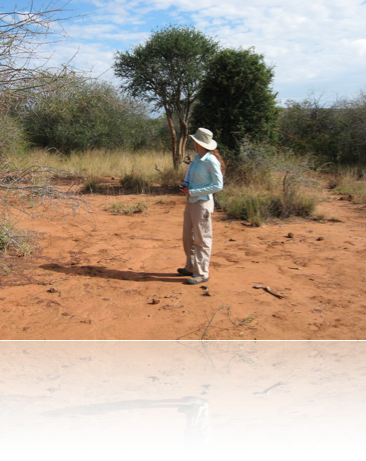I am a community ecologist with broad interests in natural resource management and conservation in areas of high biodiversity and in human-dominated landscapes. I take a very empirical approach to my research, using both experimentation and statistical modeling to answer applied and theoretical questions about the dynamics and management of large herbivore-dominated systems (particularly savannas, grasslands, and shrublands).
Some of my core research questions include: How can we manage grazing systems for both wildlife conservation and livestock production? What is the relationship between savanna structure (woody cover) and functioning? How does vegetation spatial patterning relate to thresholds of rangeland degradation? And how can we restore degraded areas to create a self-reorganizing system? At present, the bulk of my research is located in the Laikipia region of central Kenya.
Outside of my research, I am working to improve rangeland monitoring practices. In 2010 I produced a guide book introducing simple but quantitative monitoring methods designed for use in rural Africa. These methods are now being used over large areas of Kenya and Namibia but have been equally well-received by managers and extension officers in a variety of other countries, including the US.
I am currently a Berry Biodiversity Conservation Postdoctoral Fellow in the Department of Zoology and Physiology at the University of Wyoming.
Corinna Riginos



Contact Me:
Berry Conservation Center
University of Wyoming
1000 E. University Avenue
Laramie, WY 82071
News
Climate alters the landscape of fear
New results from my work in Kenya show that most herbivores favor sites with fewer trees where risk of predation is lower -- but not during a serious drought, when they go to wherever the grass is more abundant. This is some of the first experimental evidence that large herbivores live in a landscape of fear.
Restoration barriers working
In mid 2011 we set up an experiment to test the efficacy of a cheap and simple approach to restoration, using only materials locally available in rural Kenya. These erosion barriers are proving very effective for creating new, lush patches of green grass.


